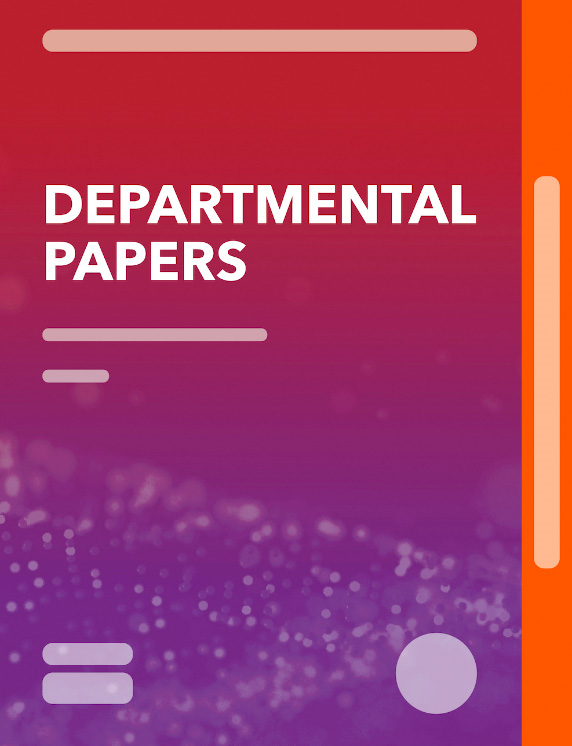Fiscal Transparency Initiative: Integration of Natural Resource Management Issues
January 29, 2019
Summary
This paper integrates into the IMF Fiscal Transparency Code (FTC) a new fourth pillar (Pillar IV) on natural resource revenue management.<br />
<br />
The newly completed FTC integrates transparency principles for natural resource revenue management in a unified four-pillar framework. Pillar IV addresses issues specific to resource-rich countries across the entire resource revenue management chain, from the ownership and allocation of resource rights, to resource revenue mobilization, its budgeting and utilization. This structure complements Pillars I-III, which were published in 2014, focusing more generally on fiscal reporting, fiscal forecasting and budgeting, and fiscal risk analysis and management.<br />
<br />
Pillar IV aims to reflect both established transparency practices in the extractive industries, as well as emerging norms such as the publication of resource payments and contracts, and the disclosure of beneficial owners of resource rights. It also reflects the lessons learned from pilot fiscal transparency evaluations in Peru, Tanzania, United Kingdom, Mexico, and Trinidad and Tobago, and extensive stakeholder feedback on earlier drafts of Pillar IV released for public consultation in 2015 and 2016.<br />
<br />
Going forward, the four-pillar FTC will underpin Fiscal Transparency Evaluations for resource-rich countries. Pillar IV will also inform a second volume of the Fiscal Transparency Handbook (forming an update to the 2007 Guide on Resource Revenue Transparency).
<br />
The newly completed FTC integrates transparency principles for natural resource revenue management in a unified four-pillar framework. Pillar IV addresses issues specific to resource-rich countries across the entire resource revenue management chain, from the ownership and allocation of resource rights, to resource revenue mobilization, its budgeting and utilization. This structure complements Pillars I-III, which were published in 2014, focusing more generally on fiscal reporting, fiscal forecasting and budgeting, and fiscal risk analysis and management.<br />
<br />
Pillar IV aims to reflect both established transparency practices in the extractive industries, as well as emerging norms such as the publication of resource payments and contracts, and the disclosure of beneficial owners of resource rights. It also reflects the lessons learned from pilot fiscal transparency evaluations in Peru, Tanzania, United Kingdom, Mexico, and Trinidad and Tobago, and extensive stakeholder feedback on earlier drafts of Pillar IV released for public consultation in 2015 and 2016.<br />
<br />
Going forward, the four-pillar FTC will underpin Fiscal Transparency Evaluations for resource-rich countries. Pillar IV will also inform a second volume of the Fiscal Transparency Handbook (forming an update to the 2007 Guide on Resource Revenue Transparency).
Subject: Fiscal transparency, Natural resource taxation
Pages:
---
Volume:
---
DOI:
---
Issue:
---
Series:
Policy Papers
Stock No:
---
ISBN:
---
ISSN:
---





